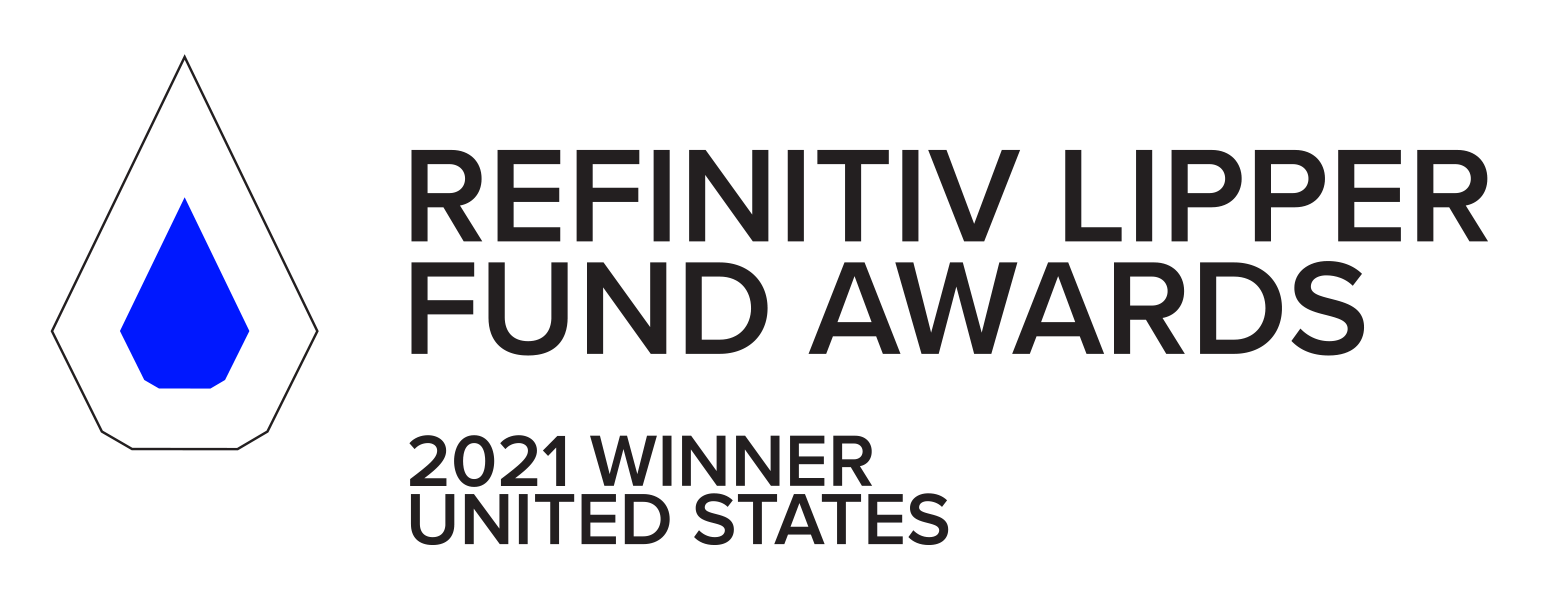Equity Fund
Spectrum Active Advantage Fund
Date | Current Day NAV | 1 Day NAV Change | NAV Total Return (YTD) | __PowerAppsId__ |
|---|---|---|---|---|
| 04/1/2025 | 17.72 | 0.23% | -1.23% | 1 |
Morningstar™ Rating
★
Performance
*Source: Bloomberg Finance, L.P. The chart uses total return NAV performance and assumes reinvestment of dividends and capital gains. Since Inception: June 1, 2015. Expense Ratio: 1.83%. Please see standard performance table below. Past performance is no indication of future results.
Returns
Annual performance at net asset value (all distributions reinvested)
2016 | 2017 | 2018 | 2019 | 2020 | 2021 | 2022 | 2023 | 2024 | __PowerAppsId__ | |
|---|---|---|---|---|---|---|---|---|---|---|
| SAPEX | 8.54% | 15.32% | -4.44% | 27.65% | 34.00% | 17.23% | -38.08% | 12.11% | 5.27% | 1 |
| S&P 500 TR Index | 11.96% | 21.83% | -4.38% | 31.49% | 18.40% | 28.71% | -18.11% | 26.29% | 25.02% | 2 |
| New York Stock Composite Index (NYSE) | 11.94% | 18.73% | -8.95% | 25.51% | 6.99% | 20.68% | -9.35% | 13.77% | 15.79% | 3 |
| Annnual Performance at net asset value (all distributions reinvested) |
Annualized total return performance
12/31/2024 | SAPEX | S&P 500 TR Index | New York Stock Composite (NYSE) TR Index | __PowerAppsId__ |
|---|---|---|---|---|
| Qtr | -2.49% | 5.89% | 8.83% | 1 |
| YTD | 5.27% | 22.08% | 17.76% | 2 |
| 1 Year | 5.27% | 36.35% | 29.65% | 3 |
| 3 Year | -9.92% | 11.90% | 9.06% | 4 |
| 5 Year | 2.79% | 15.96% | 11.02% | 5 |
| Since Inception | 5.13% | 13.39% | 8.89% | 6 |
| Annualized total return performance | ||||
| *Indexes updated manually |
Inception date for SAPEX: June 1, 2015. Expense Ratio: 1.99%. The Fund changed from Spectrum Advisors Preferred Fund on April 14, 2022.
Key Facts
5-Year Calculations of SAPEX vs. New York Stock Composite Index (NYSE)
Values | __PowerAppsId__ | Date | ||
|---|---|---|---|---|
| Fund AUM | 10.54 | 1 | 12/31/2024 | |
| Standard Deviation | 17.90 | 2 | ||
| Sharpe Ratio | 0.10 | 3 | ||
| Beta | 0.71 | 4 | ||
| R-Squared | 0.54 | 5 | ||
| Up Market Capture | 63.50% | 6 | ||
| Down Market Capture | 74.42% | 7 |
|
Share Class |
Investor (SAPEX) |
| Asset Class |
Equity |
| Lipper Classification |
Absolute Return Funds |
| Benchmark | S&P 500 Total Return Index |
| CUSIP | 00771F798 |
|
Open to New Investors? |
Yes |
Statistics & Highlights
Highlights of three-year performance periods (6/1/2015 – 12/31/2024)
Title | Best 3-year return | Best period end date | Worst 3-year return | Worst period end date | Average 3-year return | % of 3-year periods with positive returns | Number of positive 3-year periods | % of 3-year periods with negative returns | Number of negative 3-year periods | __PowerAppsId__ |
|---|---|---|---|---|---|---|---|---|---|---|
| Rolling 3-year periods using quarterly returns (6/30/15 - 12/31/2024)* | 100.52% | 12/31/2021 | -26.92% | 12/31/2024 | 23.45% | 70.37% | 19 | 29.63% | 8 | 1 |
*Based on three-year returns for quarterly rolling periods.
Fees
|
Management Fees |
1.50% |
|
Other Expenses Shareholder Service Expenses† Remaining Other Expenses‡ |
0.37% 0.03% 0.34% |
|
Total Gross Expense Ratio |
1.99% |
† Shareholder Service Expenses may include sub-transfer agent and sub-custodian fees.
‡ The operating expenses in this fee table will not correlate to the expense ratio in the Fund’s financial highlights because the financial statements include only the direct operating expenses incurred by the Fund and does not include the indirect costs of investing in other investment companies.
Fund Ratings.

The Fund received a 1-Star Overall Morningstar Rating as of 2/28/2025. Spectrum Active Advantage Fund (SAPEX) was rated against the following numbers of U.S.-domiciled Tactical Allocation funds over the following periods: 236 funds in the last three years and 214 funds in the last five years. With respect to these Tactical Allocation funds, Spectrum Active Advantage Fund received a 1-Star rating overall and a 1-Star rating for 3 years, and a 1-Star rating for 5 years. Past performance is no guarantee of future results. No compensation given for ratings.
Portfolio Managers
RALPH DOUDERA
CHRIS HENDRIX, CMT
MARY COLLINS
Literature
The performance data quoted represents past performance. Past performance does not guarantee future results. Investment return and principal value will fluctuate, so that shares, when redeemed, may be worth more or less than their original cost. Current performance may be lower or higher than the performance data quoted and assumes the reimbursement of any dividend and/or capital gains distributions. To obtain performance data current to most recent month-end, please call toll free 1‑888-572-8868.
© 2025 Morningstar, Inc. All Rights Reserved. The information contained herein: (1) is proprietary to Morningstar; (2) may not be copied or distributed; and (3) is not warranted to be accurate, complete or timely. Neither Morningstar nor its content providers are responsible for any damages or losses arising from any use of this information. Past performance is no guarantee of future results. The Morningstar RatingTM for funds, or “star rating”, is calculated for managed products (including mutual funds, variable annuity and variable life subaccounts, exchange-traded funds, closed-end funds, and separate accounts) with at least a three-year history. Exchange-traded funds and open-ended mutual funds are considered a single population for comparative purposes. It is calculated based on a Morningstar Risk-Adjusted Return measure that accounts for variation in a managed product’s monthly excess performance, placing more emphasis on downward variations and rewarding consistent performance. The Morningstar Rating does not include any adjustments for the sales load. The top 10% of products in each product category receive 5 stars, the next 22.5% receive 4 stars, the next 35% receive 3 stars, the next 22.5% receive 2 stars, and the bottom 10% receive 1 star. The Overall Morningstar Rating for a managed product is derived from a weighted average of the performance figures associated with its three-, five-, and 10-year (if applicable) Morningstar Rating metrics. The weights are: 100% three-year rating for 36-59 months of total returns, 60% five-year rating/40% three-year rating for 60-119 months of total returns, and 50% 10-year rating/30% five-year rating/20% three-year rating for 120 or more months of total returns. While the 10-year overall star rating formula seems to give the most weight to the 10-year period, the most recent three-year period actually has the greatest impact because it is included in all three rating periods. Morningstar Rating is for the Service share class only; other classes may have different performance characteristics. No compensation was received for these ratings.
Consider these risks before investing: Bond risk, derivatives risk, equity risk, inverse ETF risk, junk bond risk, leverage risk, management risk, market risk, mutual fund and ETF risk, short position risk, small and medium capitalization risk, and turnover risk. There is no guarantee the fund will achieve its investment objective. You can lose money by investing in the fund. Please carefully review the prospectus for detailed information about these risks.
S&P TR 500 Index is a capitalization weighted index of 500 stocks representing all major domestic industry groups. The S&P 500 TR assumes the reinvestment of dividends and capital gains. It is not possible to directly invest in any index.
The NYSE Composite Index (NYATR) measures the performance of all stocks listed on the New York Stock Exchange. It includes more than 1,900 stocks, of which over 1,500 are U.S. companies. Its breadth therefore makes it a much better indicator of market performance than narrow indexes that have far fewer components. The weights of the index constituents are calculated on the basis of their free-float market capitalization. The index itself is calculated on the basis of price return and total return, which includes dividends.
Portfolio statistics are based on 5 year calculations from Morningstar, FastTrack Data, and Bloomberg Finance, L.P.
Standard Deviation: is also known as historical volatility and is used by investors as a gauge for the amount of expected volatility. It is a measure of the dispersion of a set of data from its mean. Sharpe Ratio: a risk-adjusted measure calculated by dividing a fund’s annualized excess returns over the risk-free rate by its annualized standard deviation. The higher the Sharpe ratio, the better the fund’s historical risk-adjusted performance. Beta: a statistic that measures volatility of the fund, as compared to that of the overall market. The market’s beta is set at 1; a higher beta than 1 is considered to be more volatile than the market, while a beta lower than 1 is considered to be less volatile. R-Squared: a measurement of how closely a fund’s performance correlates with an index. It can range between 0 and 1. An r-squared of 1 indicates perfect correlation, while 0 indicates no correlation. Up Market Capture: a statistical measure of an investment manager’s overall performance in up markets. The up market capture ratio is used to evaluate how well an investment manager performed relative to an index during periods when that index rose. Down Market Capture: a statistical measure of an investment manager’s overall performance in down markets. The down market capture ratio is used to evaluate how well or poorly an investment manager performed relative to an index during periods when that index has dropped.
Distributor: Ceros Financial Services, Inc.
Ceros Financial Services, Inc. (Member FINRA/SIPC). Ceros has no affiliation with Spectrum Financial, Inc., the Fund’s subadvisor. Advisors Preferred, LLC is the Fund’s advisor and a commonly held affiliate of Ceros.
Request a prospectus or a summary prospectus from your financial representative or by calling Ultimus Fund Solutions, LLC. at 855- 582-8006 or access www.thespectrumfunds.com. These prospectuses include investment objectives, risks, fees, expenses, and other information that you should read and consider carefully before investing. Ultimus Fund Solutions, LLC serves as transfer agent to the Fund and is not affiliated with the advisor, subadvisor or distributor.








